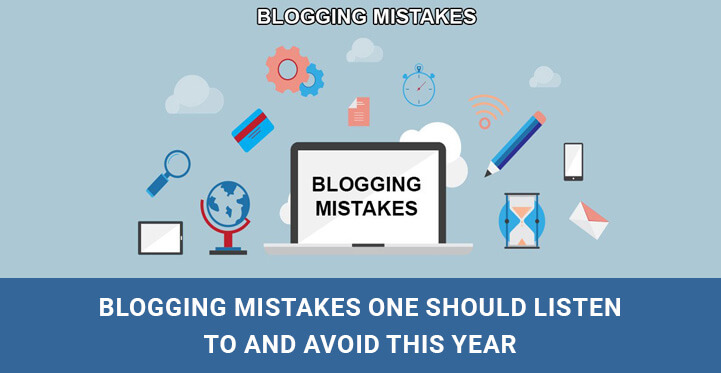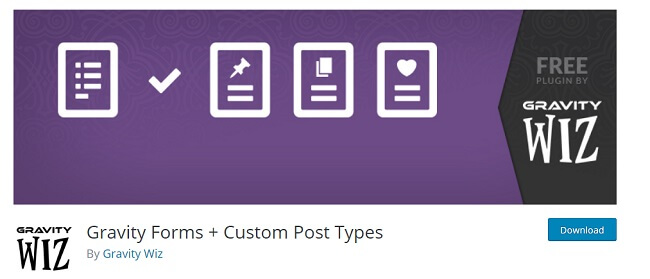Blogging Mistakes One Should Listen to And Avoid This Year
Are you a startup blogger trying to avoid major blogging mistakes?
Table of Contents
We all perfectly know that the main aim and goal of every blogger is to write posts that will generate traffic, provide engagement, and social shares.
With hundreds of WordPress themes to choose from, plugins to activate and widgets to use, blogger sometimes are likely to get caught in the blogging blunder trap: having too many and varied “options” and forgetting about the aims.
But often, it seems like the blogger has followed or the rules and methods, but the post doesn’t seem to be engaging.
To help you understand the reasons, here are some blogging mistakes one should listen to and avoid
1. Ignoring your visitors’ reviews and comments
One of the unforgettable blogging mistakes a blogger can make is to totally ignore its audience reviews and comments. Anything you post on you blog is first of all and mainly pre intended for you visitors and readers.
This is why their opinion, their voice, their point of view (objective or subjective) is what really makes sense.
Check the performance of the posts on daily basis. Make weekly and monthly reports, create charts and try to understand why one post is more successful than the other. There are even some useful tools in this relation for you to apply.
Gravity Forms is a WordPress plugin that will be a much help. It gives the ability to make custom forms for anything. Create a contact form, quote request, or even a survey.
Only takes a couple minutes and you’re on your way. Inserting the form on a page is as simple as copying a short line of code that correlates to the form number right into the html section of the WordPress page editor.
Read and follow all the comments, emails and feedbacks. Sure they may sometimes be unrelated, unclear or highly subjective, but some of them will give you an outer view and some good points and ideas to work on.
According to its description in WordPress plugin directory, it retrieves and indexes all stories from your blog archive, not just recent stories, making them accessible to new or casual readers of your blog who would not otherwise encounter them.
This helps to increase page views and keep readers engaged. The widget links to stories that are relevant and interesting to readers of a particular post, keeping them engaged with your blog, and increasing your traffic.
2. A blog post is enough
A good, interesting, trendy and high quality blog post is great, but still not enough. In order to turn your blog into a successful and popular blog, you should not only produce engaging posts, but make your blog famous and familiar to readers.
Quality is important, but just as much as marketing.
Instead, you can:
- Share you posts on social media (Some sources recommend spending time 20/80 writing/sharing other 50/50)
- Test the time of the day and different days of the week of posting and engagement accordingly
- Publish on all possible social media platforms
- Some of older articles can still be relevant and entertaining and that is why some sources advise to share older articles too
3. Wrong structure of the post
Another sample of the major blogging mistakes one should listen to and avoid is writing posts that have no structure or skip paragraphs or sub heads.
Here is a post formula that really works.
- Headline the 6 words that count most. Goal: Grab Attention. Headlines are read more than anything else on the website. A good headline is your chance to turn a visitor of the blog into a reader and probably a subscriber.
- Opening
- Sub Head
- Content
- CTA 1
- Sub Head
- Content
- STA2
4. Disabling/enabling Comments
When you think of starting a blog, you should also think of having comments and being ready to answer those of your readers. Comments have been a unique and tightly integrated feature of blogging since the beginning of blogs. But several high profile blogs have decided to turn comments off in recent years.
In accordance with their point of view, some comments are either double or triple or useless. While others argue that without comments, a blog isn’t really a blog. Blogging is not just about publishing content, but also a two way communication and community building aspects behind it.
So, if we come to understanding that the truth is somewhere in the middle, you should enable a WordPress plugin that allows you to enable or disable comments for each post particularly.
Disable Comments is a WordPress plugin allows administrators to globally disable comments on any post type (posts, pages, attachments, etc.) so that these settings cannot be overridden for individual posts.
It also removes all comment related fields from edit and quick edit screens. On multisite installations, it can be used to disable comments on the entire network.
Additionally, comment related items can be removed from the Dashboard, Widgets, the Admin Menu and the Admin Bar.
5. Non Related Advertising
Another popular way among bloggers to earn money from their blog is to place only highly relevant and links to specific products on it. Having non related advertising on your blog is one of the top blogging mistakes to avoid this year.
Something even worse than non related advertising is too much advertising. It is quite disgusting when you start reading an article and then a big banner popup appears in the middle of the screen and hides content area. Annoying your readers generally won’t make you a sale and won’t provide returning visitors.
6. No Contact and About Pages
You should be easily reachable for your readers. A contact page with a few contacts is a must for any blog.
About page is another handy for letting your visitors know whether your blog is determined for them or no. Write about the bloggers, your values and the aim of the blog.
7. You don’t know your audience
What is fundamental for a blogger is knowing his audience, as whatever blogger does, he, first of all, does it for his audience.
Knowing your audience helps you create relevant content, use understandable language and terminology, and reach your main goal, that is have a post that has social engagement and high performance.


